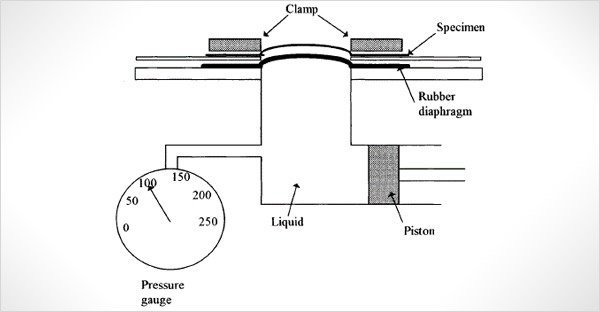How to Make Most Out of Flexible Packing?

F&B industry works a lot in keeping their products intact. They invest huge money in getting best-designed packings. The aim of packing is to keep the food inside fresh and hygiene for a longer period. Some forms of food needs to be protected from the air in the surrounding, once they are opened, they need to be consumed immediately. It is a tricky job to pack such contents. Flexible packing is the commonest form of the packing that is being used to pack cereals, milk and subsequent products, rice, flour, candies, chocolates and what not. In this post, we will shed some highlight on the best practices to get the best flex pack.
.jpg)
Tips for maintaining the quality of packets
Once you’ve chosen a form of packing for your product, you must test it strictly before incorporating it into the production cycle.
The form of packing that you’ve chosen should be able to deal with the pressure in real working conditions. Plastic films used for packings should be able to deal with pressure in intended conditions. Bursting strength tester analyse the strength of the plastic film against the pressure. In this test, a hydraulic pressure is applied to the sample via a rubber diaphragm. The medium of pressure is glycerine. The pressure applied on the film is sensed by a sensor and displayed on the screen.
A good seal is the key to successful delivery. Heat sealing technique is used to form the bond. Any faulty sealing means a failed product. And sometimes due to faulty sealing techniques, the packings get puffed or leak during the transit or in the retail store. The sealing technique that is being used must have the right temperature, pressure and dwell time.
Printing should be a matter of concern. What is packed inside should be well mentioned on the outside labels? Contents, composition, allergy warnings, nutritional value are some common things that can be found commonly on a label. This print should remain intact until the packing reaches to the intended user. The printing techniques you are using must have long lasting prints. Life of prints depends a lot on the type of substrate you are using.
This printing is often get affected by the conditions of the surroundings. Humidity is the biggest factor in rubbing off the prints. The labels must be tested well before bringing into circulation. If there is rubbed off information, how a consumer would estimate the expiration date and other crucial information like allergy warnings.
For more information about bursting strength tester, contact us.
you may also like
- The Ultimate Guide to Lab Testing Equipment: Ensuring Quality with Precision Instruments
- GSM Calculator Guide: How to Measure Fabric, Paper & Plastic Weight
- What Is a Gloss Meter? Working Principle, Uses & Benefits Explained
- Applications of Tensile Testers in Plastic, Metal & Rubber Industries
- How UV Chambers Help Manufacturers Beat Sunlight and Weather Challenges
Recent News
- Paper & Packaging Testing Instruments
- Paint, Plating & Coating Testing Instruments
- Plastic & Polymer Testing Instruments
- Environmental Testing Chambers
- PET & Preform Testing Instruments
- Color Measuring Testing Instruments
- View Entire Range Instruments

Catalogue 2023
Get information about new product launches, research, innovation and endeavors at Presto.
download Free Copy
Get a Quote


